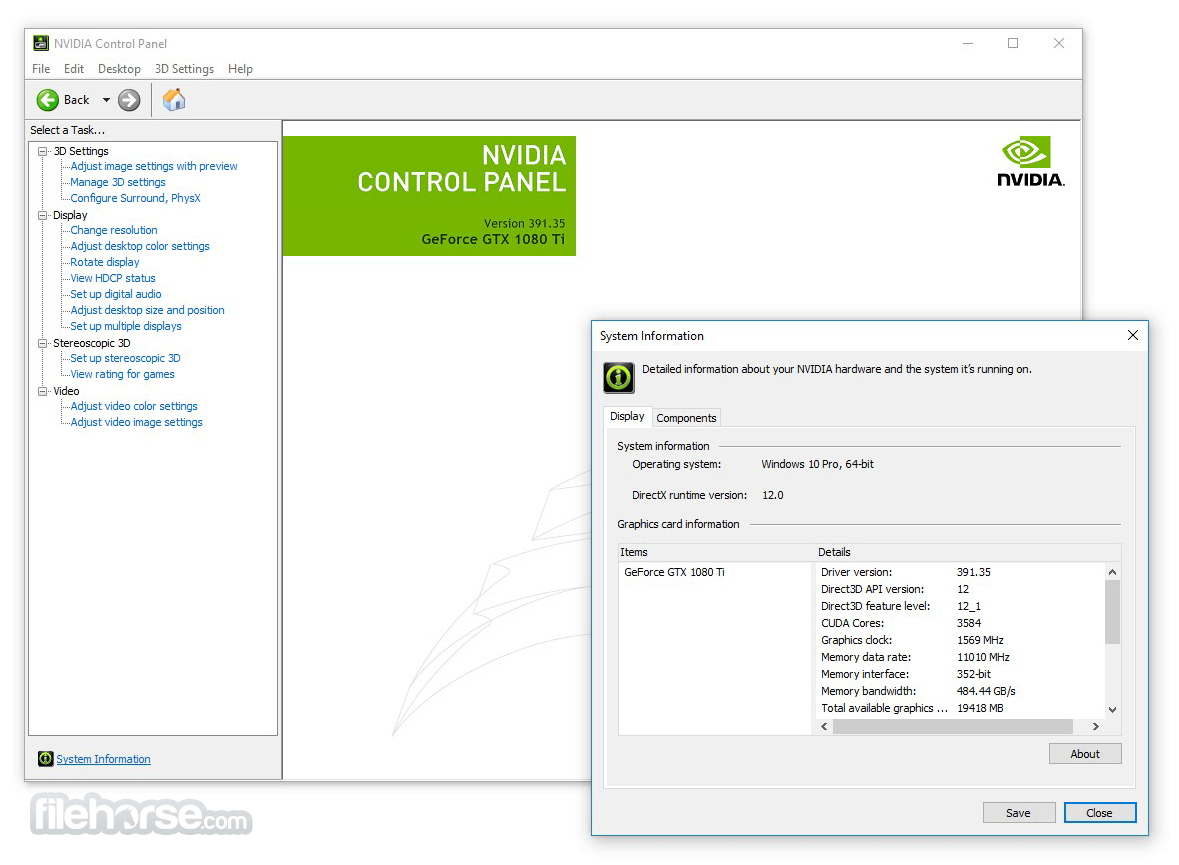- Algorithm Laptops & Desktops Driver Download For Windows 10 32-bit
- Algorithm Laptops & Desktops Driver Download For Windows 10 Windows 7
- Algorithm Laptops & Desktops Driver Download For Windows 10 Laptop
- Algorithm Laptops & Desktops Driver Download For Windows 10 64-bit
Algorithm Laptops & Desktops Driver Download For Windows 10 32-bit
- Algorithm Examples, #3: Adding and Removing From a Linked List The linked list is a fundamental computer science data structure, that is most useful for it’s constant time insertion and deletion. By using nodes and pointers, we can perform some processes much more efficiently than if we were to use an array.
- Last weekend I installed the newest big Windows 10 update 1903 and just like last time I updated my Windows 10 I again have problems with my sound drivers. Luckily the previous time I got it fixed by reinstalling the drivers via uninstalling them, rebooting my PC and updating them again. But this time this doesn't seem to help.
Download the latest drivers, software, firmware, and diagnostics for your HP desktops from the official HP Support website. Fix and resolve Windows 10 update issue on HP Computer or Printer. Information Audio or sound issues? Depending on your desktop model you can find it on the side, top, front or back of the.
Recursive Complexity
dionyzizAlgorithm Laptops & Desktops Driver Download For Windows 10 Windows 7

Let's now take a look at a recursive function. A recursive function is a function that calls itself. Can we analyze its complexity? The following function, written in Python, evaluates the factorial of a given number. The factorial of a positive integer number is found by multiplying it with all the previous positive integers together. For example, the factorial of 5 is 5 * 4 * 3 * 2 * 1. We denote that '5!' and pronounce it 'five factorial'
2.ifn ==1:4.returnn *factorial( n -1)Algorithm Laptops & Desktops Driver Download For Windows 10 Laptop
Let us analyze the complexity of this function. This function doesn't have any loops in it, but its complexity isn't constant either. What we need to do to find out its complexity is again to go about counting instructions. Clearly, if we pass some n to this function, it will execute itself n times. If you're unsure about that, run it 'by hand' now for n = 5 to validate that it actually works. For example, for n = 5, it will execute 5 times, as it will keep decreasing n by 1 in each call. We can see therefore that this function is then Θ( n ).
If you're unsure about this fact, remember that you can always find the exact complexity by counting instructions. If you wish, you can now try to count the actual instructions performed by this function to find a function f( n ) and see that it's indeed linear (recall that linear means Θ( n )).
Algorithm Laptops & Desktops Driver Download For Windows 10 64-bit
See Figure 5 for a diagram to help you understand the recursions performed when factorial( 5 ) is called.This should clear up why this function is of linear complexity.

